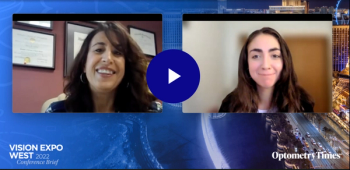
At Vision Expo West 2022, Valerie M. Kattouf, OD, shares her best practices for managing prescription formulas for pediatric patients.

At Vision Expo West 2022, Valerie M. Kattouf, OD, shares her best practices for managing prescription formulas for pediatric patients.
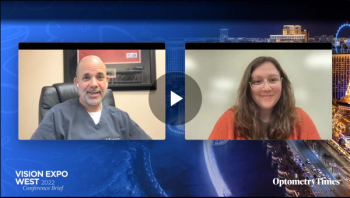
Marc Bloomenstein, OD, FAAO, shares key takeaways from his VEW 2022 presentation, "Corneal relationship therapy: managing the neurotrophic keratitis."
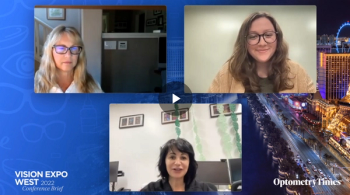
Michelle Hoff, OD, FAAO, ABOM, FNAO, and Isabel Kazemi, OD, FAAO, share key takeaways from their VEW 2022 presentation, "Demystifying near-task specific lenses."
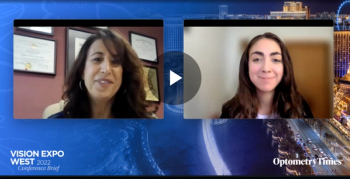
Valerie M. Kattouf, OD, discusses going back to the basics of neuro-ophthalmology + managing vision and visual-motor abnormalities in patients.
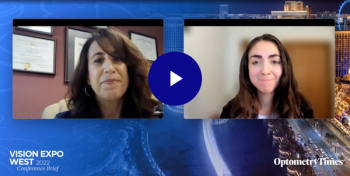
Valerie M. Kattouf, OD, shares key highlights and takeaways from her 2022 Vision Expo West presentation titled "Myopia Control."
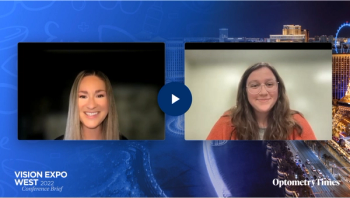
Jessica Steen, OD, FAAO, shares highlights from her VEW 2022 presentation, "Ophthalmic therapeutics update."
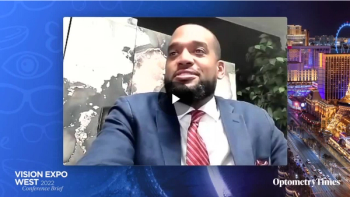
Jason Compton, OD, shares highlights from his VEW 2022 presentation, "Marketing for specialty lens practice."
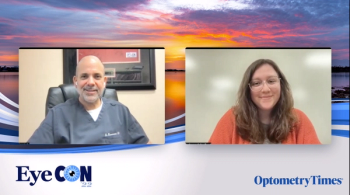
What to expect from this year’s must-attend event.
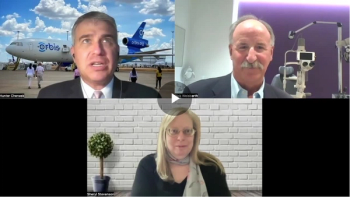
After a brief hiatus during the pandemic, Orbis' Flying Eye Hospital program returns.

Leslie O'Dell, OD, FAAO, shares what she wishes she knew before entering the field.

Ashley Tucker, OD, FAAO, FSLS, Dipl ABO, shares highlights from her discussion titled, "Myopia management: past, present, and future," presented during this year's 115th annual SCOPA meeting.

Ashley Tucker, OD, FAAO, FSLS, Dipl ABO, shares highlights from her presentation on advanced fitting and troubleshooting tips for scleral lenses during the South Carolina Optometric Physicians Association’s annual meeting.

Ashley Tucker, OD, FAAO, FSLS, Dipl ABO, shares highlights from her presentation on amniotic membrane treatment for anterior segment disease during the South Carolina Optometric Physicians Association’s annual meeting.

Jamie Ho, OD, FAAO, FCOVD, shares highlights from her SCOPA 2022 presentation, "Tools and considerations for low vision rehabilitation."
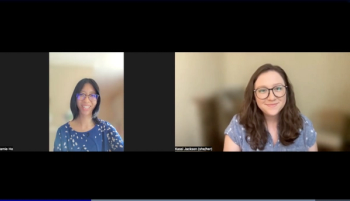
Jamie Ho, OD, FAAO, FCOVD, shares highlights from her SCOPA 2022 presentation, "Concussion for the primary care optometrist."

Leo P. Semes, OD, FAAO, highlights his presentation on "Artificial intelligence and telemedicine," presented during the 115th annual SCOPA meeting.

Leo P. Semes, OD, FAAO, discusses his presentation on, "A new look at AMD," during the South Carolina Optometric Physicians Association's annual meeting.
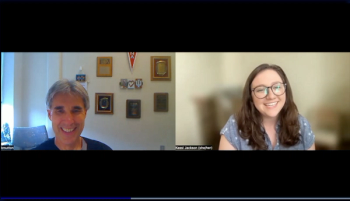
Brad Sutton, OD, FAAO, FORS, shares highlights from his SCOPA 2022 presentation, "Taking the mystery out of abnormal pupils."

Brad Sutton, OD, FAAO, FORS, shares highlights from his SCOPA 2022 presentation, "Anterior segment laser procedures."

Brad Sutton, OD, FAAO, FORS, shares highlights from his SCOPA 2022 presentation, "Sleep apnea and the eye."
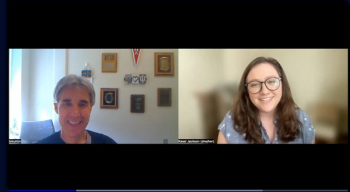
Brad Sutton, OD, FAAO, FORS, shares highlights from his SCOPA 2022 presentation, "Topical Pharmacology Rounds."

Leo P. Semes, OD, FAAO, discusses his presentation on, "When glaucoma isn't glaucoma," during the South Carolina Optometric Physicians Association's annual meeting.
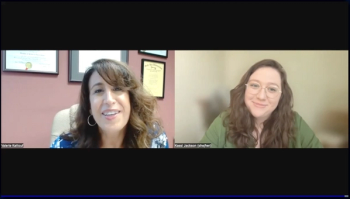
Healthy digital media habits make a healthy child.
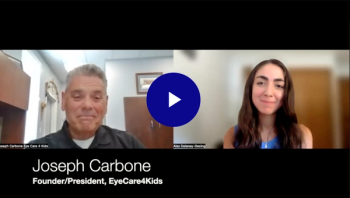
EyeCare4Kids founder Joseph Carbone discusses the nonprofit organization's mission to offer services in local communities, as well as its expansion into underserved communities across the globe.

Optometry Times' editor Kassi Jackson speaks with Lauretta Justin, OD, founder of Optometry Divas, and Alexis Meyer, a third year student at UC Berkeley School of Optometry and recipient of Optometry Divas' second annual CEO of You scholarship.

Optometry Times' editor Kassi Jackson speaks with Lauretta Justin, OD, founder of Optometry Divas, and Lisa Hornick, OD, recipient of Optometry Divas' Thought Leader of the Year 2022 award.

Mohammad Rafieetary, OD, shares what he wishes he knew before entering optometry.
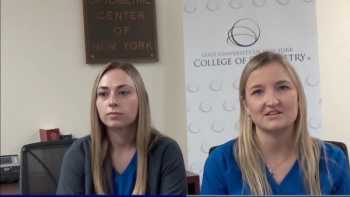
Thomas A. Wong, OD, FNAP, and his co-authors Elise Regina, OD, and Kelly Armstrong, OD, discuss corneal hysteresis: part four.
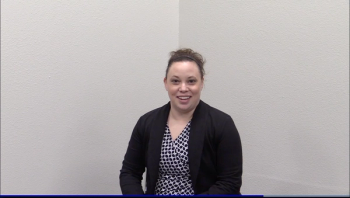
Lindsay A. Sicks, OD, FAAO, shares her number 1 tip for managing dry eye.
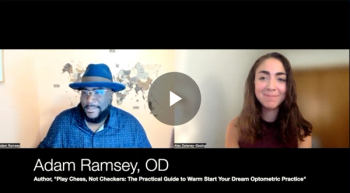
Adam Ramsey, OD, discusses his recent book titled, "Play Chess Not Checkers: The Practical Guide to Warm Start Your Dream Optometric Practice."